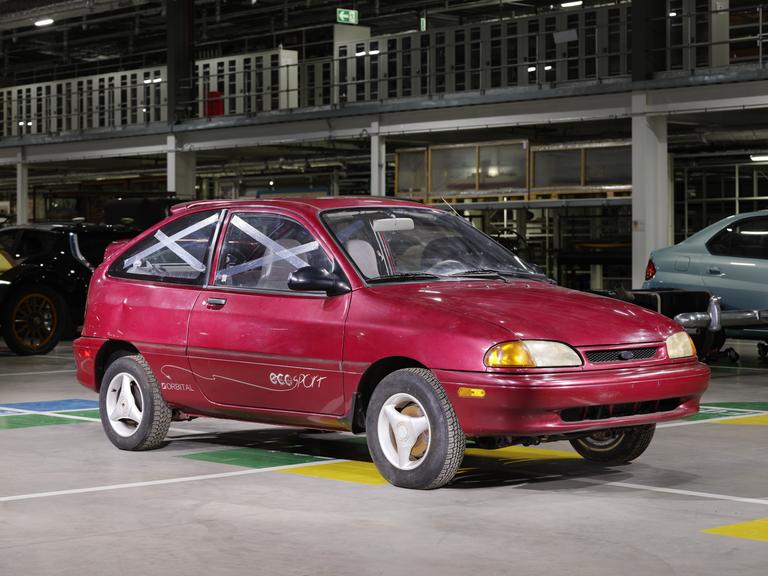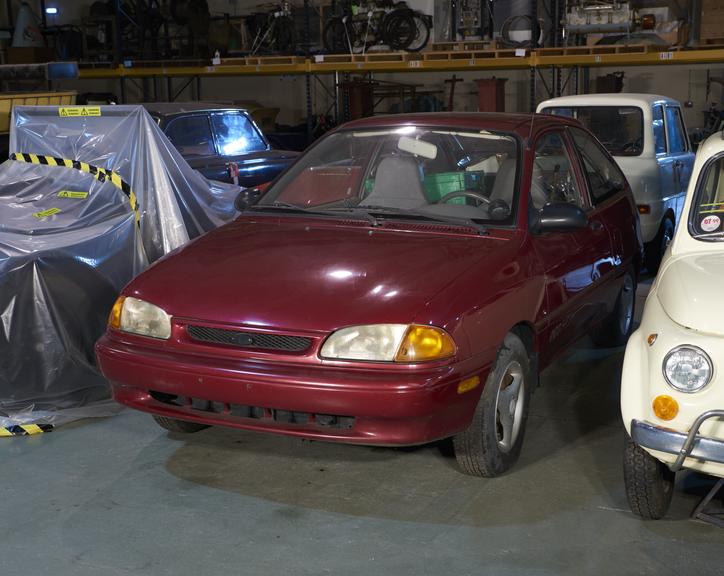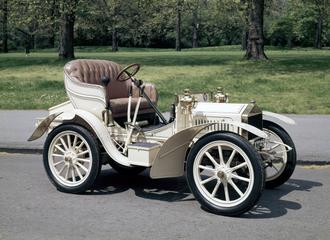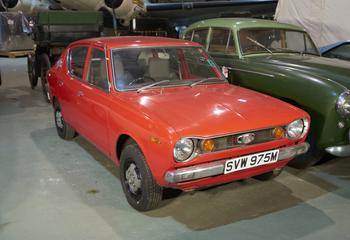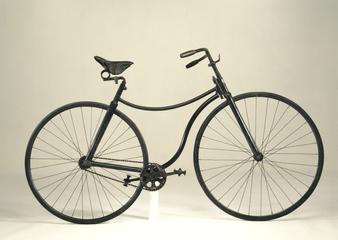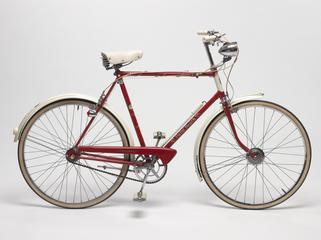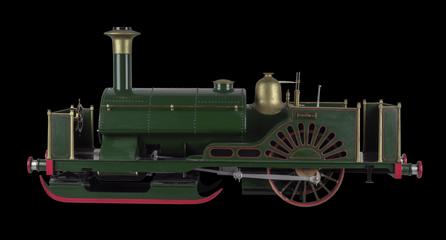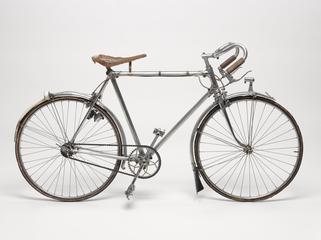Second Generation Ford Festiva / Aspire
This second-generation Ford Festiva was built in the US (where it was called the Aspire) in 1995 by the Ford Motor Company before being modified by Walbro Engine Management (also from the US) and Orbital Engine Company in Australia in 1996. This modified version was called the ‘Orbital ECOsport’.
The Ford Festiva /Aspire is a front-engine, front-wheel drive subcompact car, a type of car characterised by its compact frame and body design. The car was primarily sold in the US, Japan and Australia between 1986 and 2002.
The car has a dark red/maroon paintjob, has two passenger doors, and has both its front and back license plates removed. The car's original 1.3 litre 4-stroke engine was replaced by an experimental orbital 2-stroke engine and was fitted or accompanied with a variety of instruments to measure the car's performance. The instruments include a laptop which would be used to adjust the engine in various ways (this laptop is currently non-functioning), and a passenger-side speedometer. In the back of the car is a frame with a fuel and oil tank installed (both are needed for 2-stroke engines to work). However, the cooling system has been removed at some point before the car was acquired by the SMG, and the car cannot work without this.
More
In the 1990s, one hundred Ford Festiva's (called Aspires in the US) were modified by the Orbital Engine Company to have experimental Orbital Combustion Process (OCP) air-assist direct fuel injected 2-stroke engines. These modified versions were called the ‘Orbital ECOsports’.
The modern car industry has mostly dominated by varying designs of 4-stroke petrol and diesel engines, with 2-stroke engines being relegated to powering smaller objects like motorbikes, lawnmowers, and outboard motors for boats. Whilst smaller and less complex than 4-stroke engines, 2-stroke engines could not compete in terms of fuel-efficiency and would produce more pollutants by burning fuel and oil mixtures. This fueled the perception that 2-stroke engines were not suitable or appliable to large motor vehicles.
During the mid-1990s, Australian engineer Ralph Sarich and his company Orbital Engine Company attempted to change this perception with their innovative design of a 2-stroke engine. Their fleet of one hundred modified Fords were distributed across Australia to in an experiment, dubbed the ‘Genesis Vehicle Project’. Their larger goal was to test the potential for 2-stroke automobiles that could perform as well as 4-stroke automobiles.
The experiment was classified as a success, with feedback suggesting that the orbital 2-stroke engines could compete with 4-stroke engines. However, the orbital 2-stroke engine failed to attract enough interest in the mainstream motor industry and consumer market. Whilst the orbital 2-stroke engine proved it could run efficiently, reliably and cleanly, it struggled to be all three at the same time.
Whilst the orbital engine itself never took off in the automobile market, the innovative air-assisted fuel injection process that was developed for the engine is still used today by the Orbital Engine Company (now called the Orbital Corporation) in their designs for two-stroke engines used in in drones.
- Measurements:
-
overall: 1590 mm x 1930 mm x 3970 mm,
- Materials:
- copper (metal) , copper (alloy) , glass , plastic (unidentified) and synthetic textile
- Object Number:
- 2007-99/1
- type:
- car
- Image ©
- The Board of Trustees of the Science Museum
